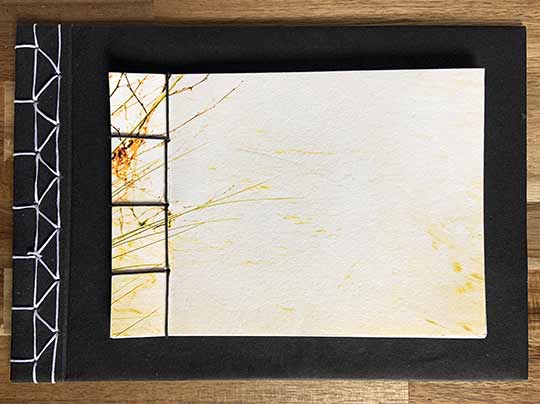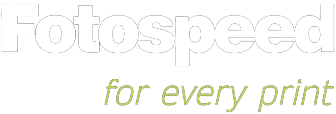Top Tips for Book Making by Tim Jones



As a photographer, book making can be one of the best ways to display my pictures. While a framed print hung on the wall may have its charm, wall space is often limited and at a premium (at least, this is the case in my house).
The photobook has a long history within photography and has become the primary method of display for many photographers. As well as being a tool to flaunt your creativity, photo books have become a piece of art in themselves through the use of different layouts and papers.

So you don’t have to learn the hard way as I did, I have put together some useful tips and tricks for starting your own book making journey.
1. Don’t Rush
We’ll start with an easy one; don’t rush. I always say it’s important to set aside time to make and stitch your book and to not be afraid to put it down and come back to it if necessary. There have been many times where I’ve had to reprint a book due to rushing and making a small but fatal error. Take your time and make it relaxing and enjoyable.
2. Get a Japanese Punch
This inexpensive tool is the best tool I have in my book making kit. For as little as £10, the Japanese punch will save you a lot of time when it comes to making the holes in your pages or signatures.

3. Protect your printed pages
This tip refers to the use of a protective spray like Fotospeed Protective spray. This is particularly relevant if, like myself, you are using an inkjet printer to create your pages. Protective spray fills the ink and stops the picture from leaking onto the other pages -- which can make the book look very messy. It will also protect the picture from marks and scratches.

4. Use waxed thread
By using waxed thread to bind your books you will stop the thread from fraying as you are stitching through your pages.

5. Use plain paper as tests
Before you go and load up your printer with different photo papers, run a test with normal plain paper. The last thing you want is to use your favourite paper and find out that your photos are not printing as expected. This is also vital when printing double sided as you need to ensure the pages are printing in the correct order. Doing this also allows you to proof your layouts and the order of the pictures.
6. Print your work
Programs like Lightroom can do an amazing job when it comes to laying out and choosing the picture to be included in your book. However, for me, there is no substitute for printing little pictures to help with the editing process. The picture does not need to be big; an A6 size print will work really well and you can do this by printing four images on a page of A4 and cutting them down. By printing the pictures, it allows you to live with the prints for a while and keep moving the order around until you are happy. Some people do this by putting the little prints on a wall or laying them out on a table. I like to run through the prints in a stack and play with the layouts and order as I go.


7. Make Templates.
Two-fold templates can be great in Photoshop to speed up your layout designing. As soon as I have designed a layout I save the .PSD or Lightroom template in a separate folder, which allows me to have ready-made layouts at my fingertips.
Additionally, it’s important to have templates made for your stitching holes. I make these templates out of a thick card with pre-punched holes so I don’t have to measure where they go on each book I’m making. This is useful if you are making more than one of the same book.
For more book making tips, check out Fotospeed’s other blogs. You can also purchase Fotospeed’s bookmaking course here.
Want more photography insights? Sign up to our newsletter for exclusive photography tips, tricks and news sent straight to your inbox.


